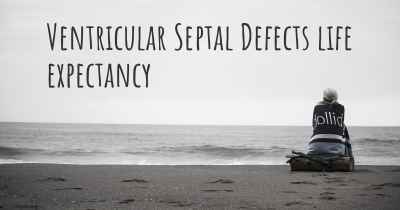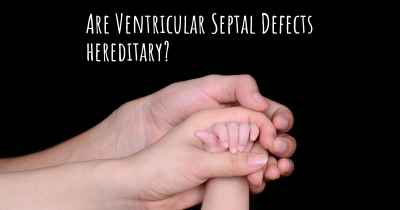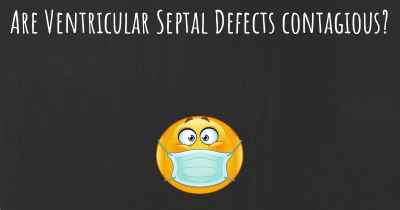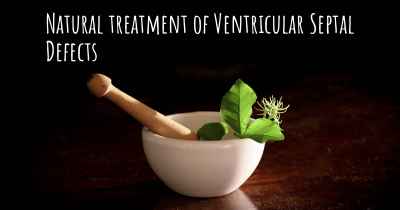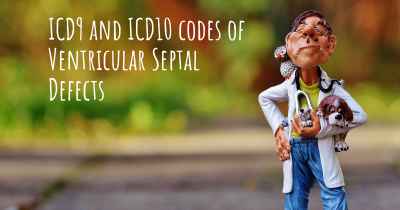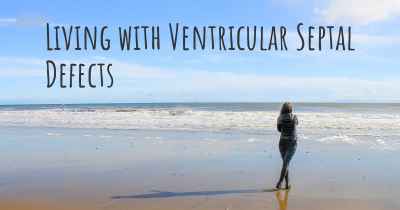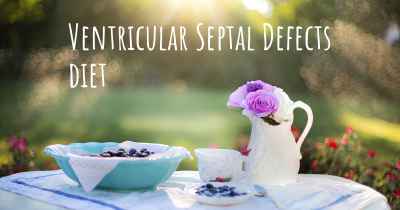Is it advisable to do exercise when affected by Ventricular Septal Defects? Which activities would you suggest and how intense should they be?
See if it is advisable for people with Ventricular Septal Defects to practice sports and which ones are the most recommended if you have Ventricular Septal Defects
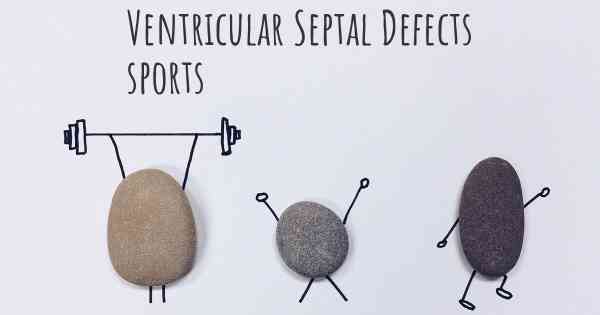
Ventricular Septal Defects (VSDs) are congenital heart defects characterized by an abnormal opening in the wall (septum) that separates the lower chambers (ventricles) of the heart. This condition can lead to various symptoms and complications, depending on the size and location of the defect. If you have been diagnosed with a VSD, it is important to consult with your healthcare provider before starting or modifying any exercise routine.
While exercise can have numerous benefits for cardiovascular health, individuals with VSDs may need to take certain precautions to ensure their safety. The suitability and intensity of exercise will depend on the severity of the defect, associated symptoms, and individual factors. Here are some general guidelines to consider:
1. Medical Evaluation: Before engaging in any exercise, it is crucial to undergo a thorough medical evaluation. Your healthcare provider will assess the size and location of the VSD, as well as any associated complications, to determine the level of exercise that is safe for you.
2. Low-to-Moderate Intensity Activities: In most cases, individuals with VSDs can engage in low-to-moderate intensity exercises. These activities include brisk walking, cycling, swimming, and light aerobic exercises. These exercises help improve cardiovascular fitness without putting excessive strain on the heart.
3. Avoid High-Intensity and Contact Sports: High-intensity exercises, such as sprinting, heavy weightlifting, or competitive sports, may not be advisable for individuals with VSDs. These activities can significantly increase heart rate and blood pressure, potentially putting excess stress on the heart. Contact sports should also be avoided to prevent the risk of injury to the chest area.
4. Gradual Progression: Start with shorter durations and lower intensities of exercise, gradually increasing as tolerated. This allows your body to adapt and reduces the risk of overexertion. Listen to your body and stop exercising if you experience any chest pain, shortness of breath, dizziness, or palpitations.
5. Regular Monitoring: Regular follow-up appointments with your healthcare provider are essential to monitor the progression of the VSD and assess your exercise tolerance. They can provide personalized recommendations based on your specific condition.
6. Consider Cardiac Rehabilitation: Cardiac rehabilitation programs can be beneficial for individuals with VSDs. These programs provide supervised exercise sessions, education on heart-healthy lifestyle choices, and emotional support. They ensure a safe and structured environment for exercise.
7. Lifestyle Modifications: In addition to exercise, adopting a heart-healthy lifestyle is crucial. This includes maintaining a balanced diet, managing stress levels, avoiding smoking and excessive alcohol consumption, and getting enough rest and sleep.
Remember, every individual with a VSD is unique, and the exercise recommendations may vary. Always consult with your healthcare provider for personalized advice and guidance. They will consider your specific condition and help you determine the most suitable exercise routine to promote your overall well-being.
